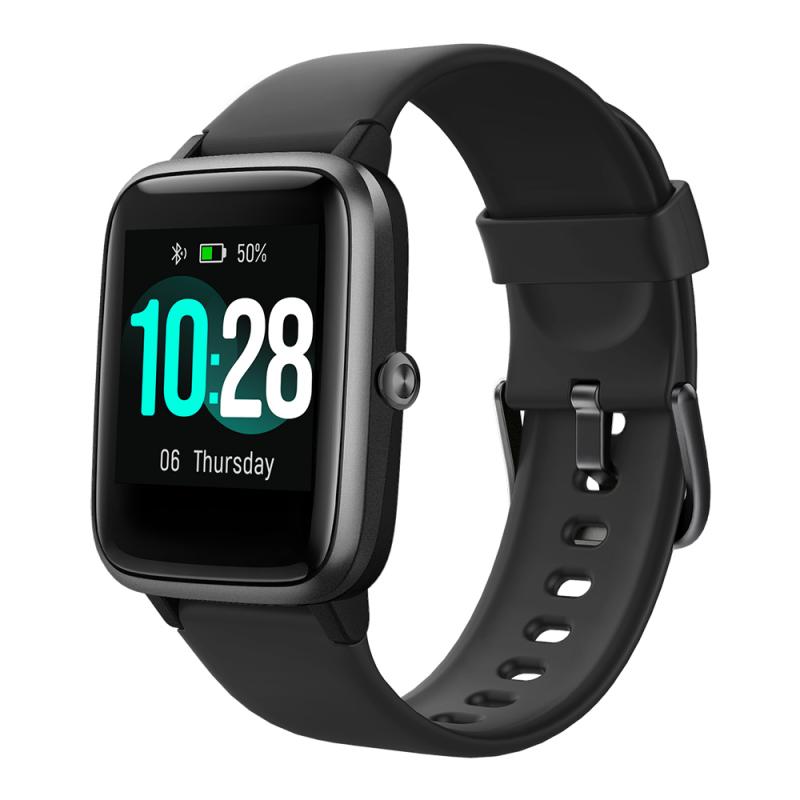How Accurate Are Smart Watches For Heart Rate?
In recent years, smartwatches have become increasingly popular, not just as a fashion accessory but also as a tool for monitoring various health metrics, including heart rate. With the growing interest in personal health and fitness, many people are curious about the accuracy of these devices. Are smartwatches reliable for heart rate monitoring, or should we take their readings with a grain of salt? This article aims to delve into the accuracy of smartwatches for heart rate monitoring, examining the technology behind them, their reliability, and practical considerations for users.
The Technology Behind Heart Rate Monitoring in Smartwatches

Smartwatches typically use optical heart rate sensors to measure your pulse. These sensors employ a technology called photoplethysmography (PPG), which involves shining a light (usually green) onto your skin and measuring the amount of light that is either absorbed or reflected back. Blood absorbs green light, so the sensor can detect changes in blood volume by analyzing the light patterns. This data is then processed to calculate your heart rate.
Factors Affecting Accuracy
1. Sensor Quality
The quality of the optical sensor plays a significant role in the accuracy of heart rate measurements. High-end smartwatches from brands like Apple, Garmin, and Fitbit generally use more advanced sensors, which can provide more accurate readings compared to cheaper alternatives.
2. Skin Tone and Tattoos
Skin tone can affect the accuracy of PPG sensors. Darker skin tones and tattoos can absorb more light, making it harder for the sensor to get an accurate reading. Some manufacturers are working on improving their algorithms to account for these variations, but discrepancies can still occur.
3. Fit and Placement
The fit and placement of the smartwatch on your wrist are crucial for accurate heart rate monitoring. A loose fit can allow light to leak in, disrupting the sensor's ability to measure blood flow accurately. For best results, the watch should be snug but not too tight, and it should be worn about one finger-width above the wrist bone.
4. Movement and Activity Type
The type of activity you are engaged in can also impact the accuracy of heart rate readings. For instance, activities that involve a lot of wrist movement, like boxing or weightlifting, can cause the sensor to lose contact with the skin, leading to inaccurate readings. Conversely, activities with less wrist movement, such as running or cycling, tend to yield more reliable data.
5. Battery Life and Performance
As the battery life of a smartwatch decreases, the performance of its sensors can also degrade. Regularly charging your device and ensuring it is in good working condition can help maintain the accuracy of its heart rate monitoring capabilities.
Comparing Smartwatches to Medical-Grade Devices
While smartwatches offer a convenient way to monitor your heart rate, they are not as accurate as medical-grade devices like chest strap heart rate monitors or electrocardiograms (ECGs). Chest straps, for example, use electrical signals to measure heart rate, which is generally more accurate than optical methods. ECGs, often considered the gold standard for heart rate monitoring, provide detailed insights into heart health but are not practical for continuous, everyday use.
Studies and Research
Several studies have been conducted to evaluate the accuracy of smartwatches for heart rate monitoring. A study published in the Journal of the American Medical Association (JAMA) found that while smartwatches are generally accurate at rest, their accuracy decreases during physical activity. Another study in the European Journal of Preventive Cardiology concluded that while smartwatches are useful for general heart rate monitoring, they should not be relied upon for clinical diagnosis.
Practical Considerations for Users
1. Use as a General Guide
Smartwatches are excellent for providing a general overview of your heart rate trends. They can help you understand how your heart rate changes during different activities and can be a useful tool for tracking your fitness progress.
2. Not for Medical Diagnosis
While smartwatches can alert you to potential issues, they should not be used as a substitute for professional medical advice. If you have concerns about your heart health, it is essential to consult a healthcare provider for a thorough evaluation.
3. Regular Calibration
Some smartwatches allow for manual calibration, which can improve accuracy. Regularly updating your device's software and calibrating it according to the manufacturer's instructions can help maintain its performance.
4. Complementary Tools
For those who require more precise heart rate monitoring, using a smartwatch in conjunction with other devices like chest straps can provide a more comprehensive view of your heart health. Many fitness apps allow you to sync data from multiple devices, giving you a more accurate and detailed picture.
Future Developments
The technology behind smartwatches is continually evolving. Manufacturers are investing in research and development to improve the accuracy of their sensors and algorithms. Future advancements may include better integration of multiple sensors, improved algorithms for different skin tones, and enhanced capabilities for detecting irregular heart rhythms.
Smartwatches have made significant strides in heart rate monitoring, offering a convenient and accessible way for individuals to keep track of their heart health. While they are not as accurate as medical-grade devices, they provide valuable insights that can help users make informed decisions about their fitness and well-being. By understanding the factors that affect accuracy and using smartwatches as a complementary tool rather than a sole source of information, users can maximize the benefits of these innovative devices. As technology continues to advance, we can expect even greater accuracy and reliability from future generations of smartwatches.
